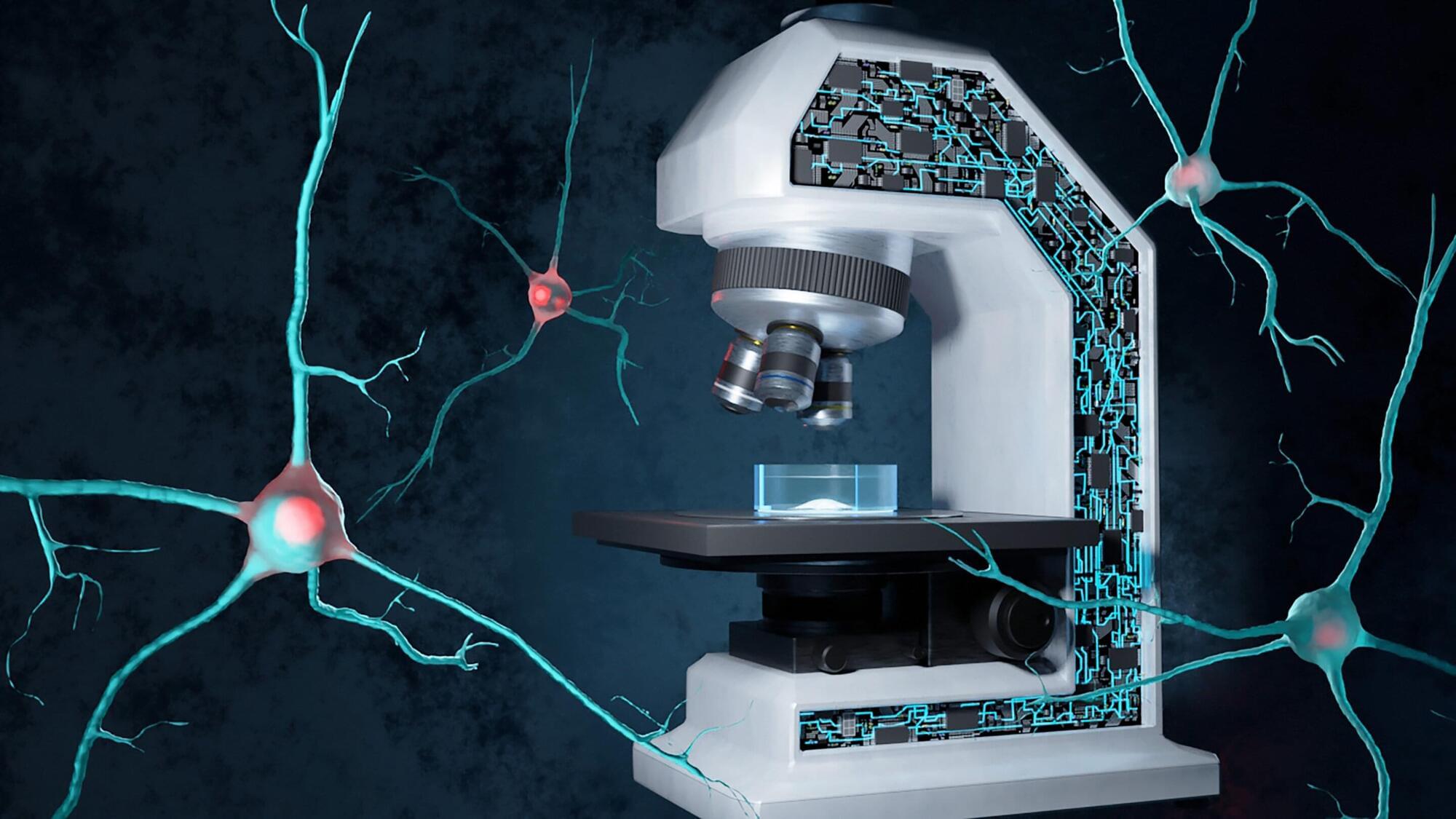The accumulation of misfolded proteins in the brain is central to the progression of neurodegenerative diseases like Huntington’s, Alzheimer’s and Parkinson’s. But to the human eye, proteins that are destined to form harmful aggregates don’t look any different than normal proteins.
The formation of such aggregates also tends to happen randomly and relatively rapidly—on the scale of minutes. The ability to identify and characterize protein aggregates is essential for understanding and fighting neurodegenerative diseases.
Now, using deep learning, EPFL researchers have developed a ‘self-driving’ imaging system that leverages multiple microscopy methods to track and analyze protein aggregation in real time—and even anticipate it before it begins. In addition to maximizing imaging efficiency, the approach minimizes the use of fluorescent labels, which can alter the biophysical properties of cell samples and impede accurate analysis.
